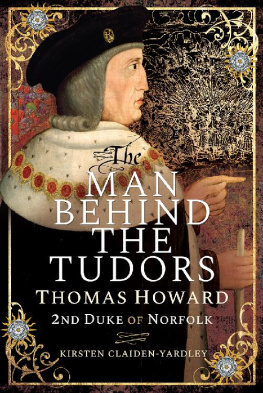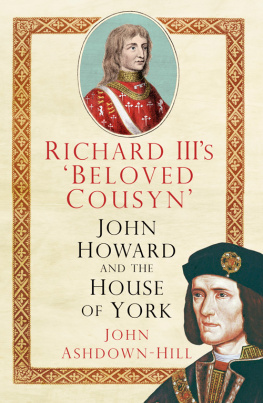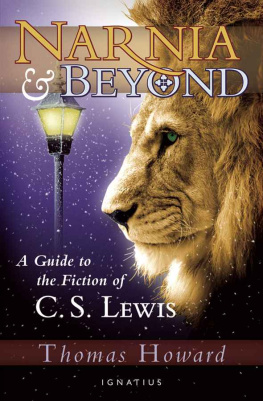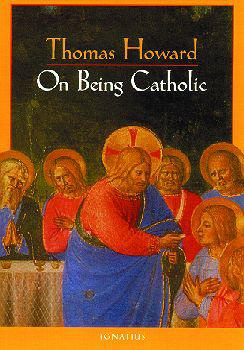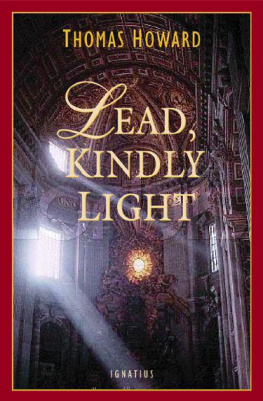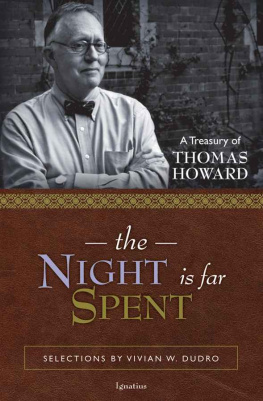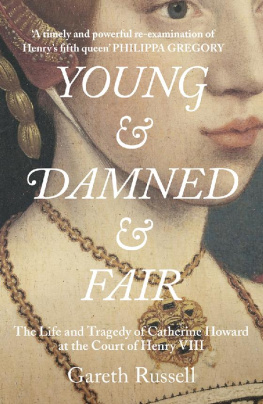The MAN BEHIND THE TUDORS
Front Cover : Portrait of Thomas Howard, 2nd Duke of Norfolk. English School (sixteenth century). His Grace The Duke of Norfolk (Arundel Castle/Bridgeman Images).
The MAN BEHIND THE TUDORS
T HOMAS H OWARD
2 ND D UKE OF N ORFOLK
KIRSTEN CLAIDEN-YARDLEY

First published in Great Britain in 2020 by
PEN AND SWORD HISTORY
An imprint of
Pen & Sword Books Ltd
Yorkshire Philadelphia
Copyright Kirsten Claiden-Yardley, 2020
ISBN 978 1 52674 553 8
eISBN 9781526745545
mobi ISBN 9781526745552
The right of Kirsten Claiden-Yardley to be identified as Author of this work has been asserted by her in accordance with the Copyright, Designs and Patents Act 1988.
A CIP catalogue record for this book is available from the British Library.
All rights reserved. No part of this book may be reproduced or transmitted in any form or by any means, electronic or mechanical including photocopying, recording or by any information storage and retrieval system, without permission from the Publisher in writing.
Pen & Sword Books Limited incorporates the imprints of Atlas, Archaeology, Aviation, Discovery, Family History, Fiction, History, Maritime, Military, Military Classics, Politics, Select, Transport, True Crime, Air World, Frontline Publishing, Leo Cooper, Remember When, Seaforth Publishing, The Praetorian Press, Wharncliffe Local History, Wharncliffe Transport, Wharncliffe True Crime and White Owl.
For a complete list of Pen & Sword titles please contact
PEN & SWORD BOOKS LIMITED
47 Church Street, Barnsley, South Yorkshire, S70 2AS, England
E-mail:
Website: www.pen-and-sword.co.uk
Or
PEN AND SWORD BOOKS
1950 Lawrence Rd, Havertown, PA 19083, USA
E-mail:
Website: www.penandswordbooks.com

Contents
Notes
Dates
Between 1155 and 1751, the calendar year was held to begin on 25 March, not on 1 January. In this publication, dates have been modernised. For example, 1 February 1513 (old style) is corrected to 1 February 1514.
Primary and Secondary Sources
The nearest thing to a contemporary account of the life of Thomas Howard is the epitaph displayed alongside his tomb at Thetford Priory and printed in later antiquarian works. This is a key source of information about events in his early life that are not recorded elsewhere. However, it is not an unbiased source, and controversial periods of his career have been heavily edited. As a result of his long life, there are few collections of records that cover his career in its entirety. To gain a fuller image of his career, it is necessary to turn to a diverse range of sources. As a child and young man, he features in his fathers household accounts, which have been edited by Anne Crawford. Crawford has also written a detailed biography of John Howard, Yorkist Lord: John Howard, Duke of Norfolk, c. 14251485, which is a valuable source of information for the career of the older Howard and the early years of Thomas life. There is no single collection of Thomas correspondence, but letters to/from him, and about him, have been preserved in various archives. Summaries of those dating from Henry VIIIs reign are published in Letters and Papers, Foreign and Domestic, Henry VIII , which also contains details of grants and commissions issued to Thomas. Financial papers relating to his estates are preserved in the archives at Arundel Castle and have been analyzed by R. Virgoe in his study The Recovery of the Howards in East Anglia, 14851529. An inventory of Thomas belongings at his death was published by John Ridgard in Medieval Framlingham and his will is preserved in the National Archives. The detailed account of his funeral is preserved in the archives of the College of Arms; it is also printed in Thomas Martins The History of the Town of Thetford , although there are some discrepancies from the original.
In terms of material evidence, neither of his tombs survive, but illustrations have been preserved in the British Library and the archives at Arundel Castle. The location of his burial vault at Thetford Priory can still be seen in the midst of the ruins, and the Howard Chapel in St Marys Church, Lambeth, survives, albeit as a gift shop. Norfolk House in Lambeth is now the site of a Novotel hotel, but it is still possible to visit the ruins of Framlingham Castle and see the sixteenth-century chimneys. The location of the Battle of Bosworth was re-evaluated in the last decade: the displays at the visitor centre on Ambion Hill set out the progress of the battle as it is now understood. There is little trace of the battlefield at Flodden, but there is a visitor trail and the Remembering Flodden Project works to research the battle and promote the site. Several new publications were released to coincide with the 500th anniversary of the battle in 1513, and a number of community and research projects were carried out as part of the Flodden 500 project.
As a major player in the politics of sixteenth-century England, Thomas Howard features in the accounts of external observers such as Jean Molinet, Dominic Mancini and Sebastian Giustinian who reported on events and key people. He also features in chronicles of English history, particularly in relation to Richard IIIs accession, the battles of Bosworth and Flodden, and royal events such as Margaret Tudors progress to Scotland. Key chronicles include Halls Chronicle , Polydore Vergils Anglica Historia (or English History ) and Thomas Mores the History of King Richard the Third . These were mostly written a number of years after the events being recorded (although they did have access to men who had lived through the events) and tend to have a Tudor bias that is particularly evident in relation to Richard IIIs reign. As well as histories, there is also a tradition of ballads recounting the events of the battles of Bosworth and Flodden. These tend to be heavily romanticised and biased towards the poets patrons, but do provide some key details that can be validated by other sources.
The Complete Peerage provides a detailed record of the various alliances between English noble families and the descent of their titles. For the men whom Thomas interacted with, the Oxford Dictionary of National Biography is a valuable source of biographical articles. The career of his eldest son, Thomas the younger, has been detailed in a biography by David Head and an unpublished thesis by Susan Vokes. His female relatives (with a few notable exceptions) have been less well documented, but that has recently been corrected by Nicola Clark, who has written about the lesser-known Howard women. The lives of his granddaughters, Anne Boleyn and Catherine Howard, and his great-granddaughter, Elizabeth I, have been widely documented and their biographies are too numerous to list in full here.
Key People
The Howard family
The Howards were the second family to be created dukes of Norfolk, after the Mowbrays; as it was a new creation, the numbering of the dukes was restarted.
Robert Howard Grandfather of Thomas Howard, 2nd Duke of Norfok; married Margaret de Mowbray
Next page
